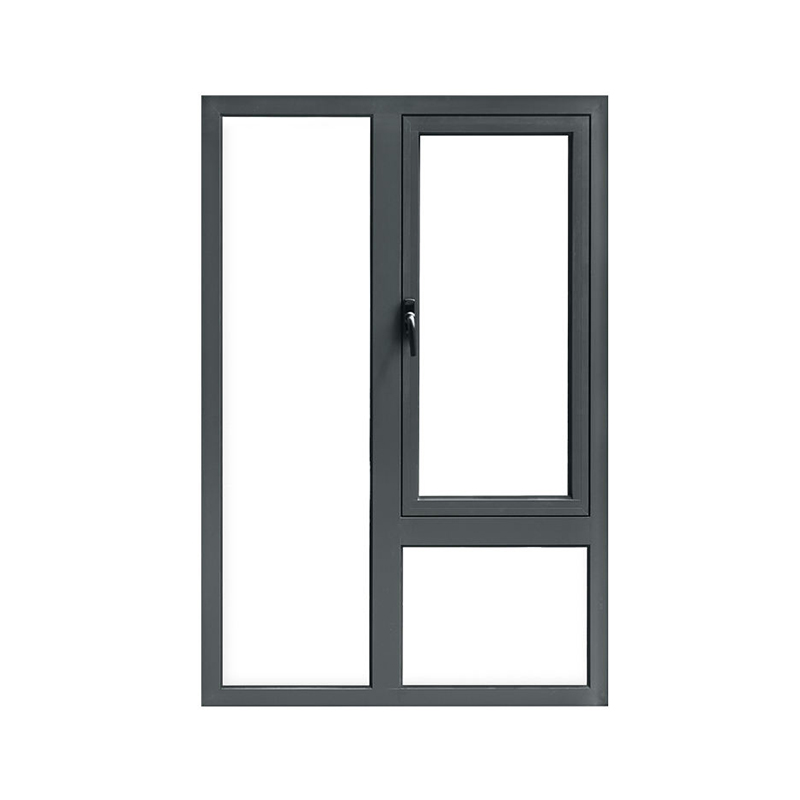Send inquiry
Aluminum casement windows are widely recognized for their durability, sleek design, and ease of operation. Unlike other window materials such as wood or uPVC, aluminum offers a combination of strength, lightweight structure, and low maintenance. Coastal and humid climates pose unique challenges for building materials, including high salt content, moisture, and fluctuating temperatures. Understanding the suitability of aluminum casement windows in these environments is critical for homeowners, architects, and builders.
The physical and chemical properties of aluminum make it a strong candidate for use in challenging climates. Key properties include:

Coastal and humid regions expose windows to environmental stressors that can reduce their lifespan if not addressed properly. These challenges include:
Aluminum naturally forms a protective oxide layer that prevents further corrosion. This property makes it highly suitable for humid environments, including coastal areas. However, additional surface treatments such as anodizing or powder coating enhance resistance against saltwater and reduce the risk of pitting or staining over time.
Common surface treatments include:
Aluminum is a good conductor of heat, which can be a disadvantage in humid and hot climates. However, modern aluminum casement windows incorporate thermal breaks that reduce heat transfer and improve energy efficiency. This prevents interior condensation, maintains indoor comfort, and lowers cooling costs.
Thermal breaks are insulating barriers placed between the inner and outer aluminum frames. They help:
Even with aluminum’s corrosion resistance, regular maintenance ensures long-term performance. Recommended maintenance practices include:
Aluminum casement windows are particularly suited for coastal and humid climates due to:
Aluminum casement windows are highly suitable for coastal and humid climates when combined with proper surface treatments and thermal break technology. Their strength, corrosion resistance, low maintenance, and energy efficiency make them an ideal choice for homes and buildings exposed to salt air, high humidity, and harsh weather conditions. By implementing regular maintenance practices, homeowners can enjoy long-lasting performance, enhanced comfort, and aesthetic appeal in challenging environments.